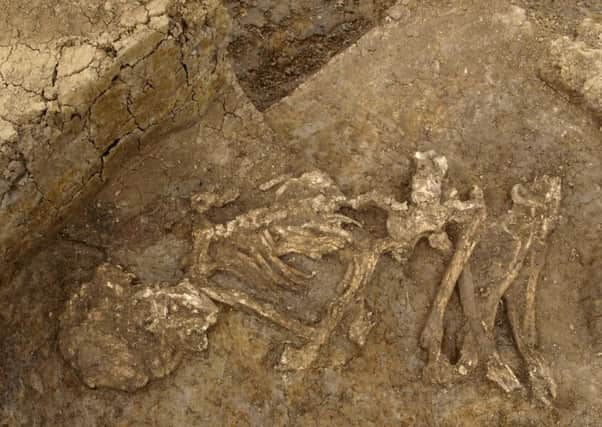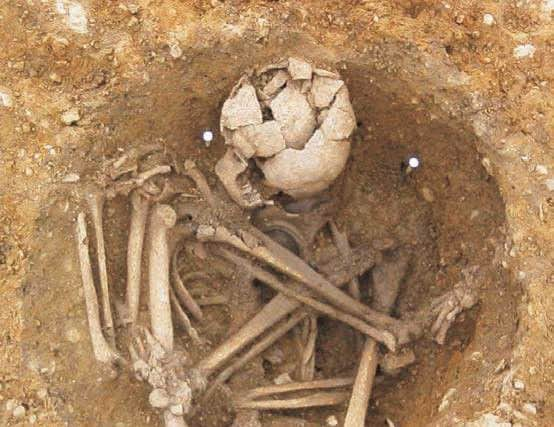Yorkshire archaeologists shine light on Bronze Age mummification


A study by a team at the university’s Department of Archaeology is the first to indicate that mummification may have been a wide-spread funerary practise in Bronze Age Britain.
The research has revealed that Bronze Age Brits practised exotic, novel and bizarre funerary rituals and paves the way for discovery of other ancient civilisations that mummified their dead.
Advertisement
Hide AdAdvertisement
Hide AdWorking with colleagues from the University of Manchester and University College London, Dr Tom Booth analysed skeletons at several Bronze Age burial sites across the UK.


The Sheffield led-team found that the remains of some ancient Britons are consistent with a prehistoric mummy from northern Yemen and a partially mummified body recovered from a sphagnum peat bog in County Roscommon, Ireland.
The damp British climate is not favourable to organic materials and archaeologists widely agree that prehistoric mummified bodies will have lost their preserved tissue if buried outside of a preservative environment such as a bog. Armed with a new technique, the team re-visited remains from the Outer Hebrides and other British sites and found levels of preservation consistent with mummification. Researchers also found a variety of different mummification techniques.
Dr Booth, who is now based at the Department of Earth Sciences at London’s Natural History Museum, said: “Our research shows that smoking over a fire and purposeful burial within a peat bog are among some of the techniques ancient Britons may have used to mummify their dead. Other techniques could have included evisceration, in which organs were removed shortly after death. The idea that British and potentially European Bronze Age communities invested resources in mummifying and curating a proportion of their dead fundamentally alters our perceptions of funerary ritual and belief in this period.”